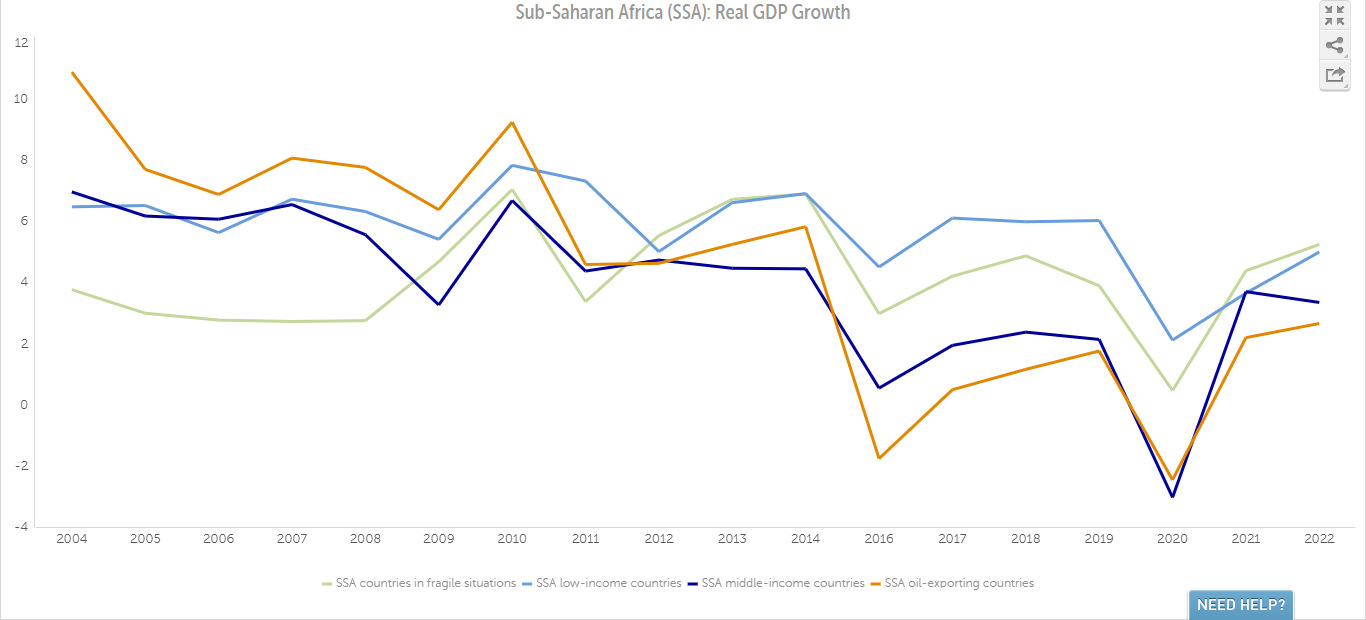US Fed launched a fresh round of quantitative easing to boost economic growth Gold Futures hit an intraday high of $1,776.3/oz on Friday
Share


The US Federal Reserve’s latest stimulus effort and German court ruling on the Eurozone’s permanent rescue fund turned out to be the predominant themes in financial markets last week. The Fed said it will buy $40 billion of mortgage-backed securities per month in an attempt to boost the US economy. The purchases will be open-ended, which means that bond-buying will continue until the US labour market improves. In addition, the Central Bank extended its pledge to keep interest rates exceptionally low in a range of 0 to 0.25% at least through mid-2015. The Fed expects these actions will curb pressure on longer term interest rates, supporting mortgage and financial market conditions. In Europe, Germany’s Constitutional Court cleared the way for ratification of the European Stability Mechanism rescue fund, easing some concerns about the region’s debt crisis. In line with optimism, Jean-Claude Juncker, head of Bloombergthe Eurogroup, announced that the new Eurozone rescue fund would be up and running by the end of October. These positive developments lent support to higher yielding assets. On the equities front, the benchmark S&P 500 index reached its highest level in nearly five years. The index was 1.9% higher for the week. Shares of Apple rose by 1.6% to $691.28 last Friday after unveiling a new version of the iPhone on September 12. In Europe, UK’s FTSE 100 rose by 2.1%, France’s CAC 40 added 1.8% and Germany’s DAX Index gained 2.7%. Italy’s FTSE MIB rose by 3.2%, while Spain’s IBEX 35 jumped by 3.5%. In Asia, stocks posted the biggest weekly advance in 2012. Japan’s Nikkei Index ended higher despite news that the economy grew at an annualised 0.7% in the second quarter, half the pace initially estimated. South Korea’s Kospi index gained 4% after the government unveiled $5.2bn of new fiscal stimulus measures.


Gold Futures regained its lustre last week climbing to an intraday high of $1,776.3/oz on Friday as the Federal Reserve confirmed a third round of quantitative easing. The weakness of the US dollar after the Fed’s move and the rise in inflation fears due to monetary easing paved the way for a rally in the precious metal. The first two rounds of the Fed’s quantitative easing have resulted in gold prices more than doubling. Given that the fresh round of quantitative easing (QE3) has no limit to its ultimate size, it could be as large as the first two versions. This would be a further benefit to the yellow metal. The correlation between gold and US dollar is depicted in the graph.

WTI Crude Oil Futures hit a week high of $100.42/bbl last Friday. Markets took cues from the Fed’s boost of the monetary injection coupled with growing supply fears about spreading unrest in the Middle East. According to BP Plc’s Statistical Review of World Energy, countries in the Middle East were responsible for 32.6% of global oil production in 2011. Moreover, output in Iran (the Organization of Petroleum Exporting Countries’ third-biggest oil producer) slid by 350,000 barrels to 2.75 million barrels a day in August. Sugar Futures inched to 19.91 cents a pound last Friday.
Graph – Dollar Index & Gold weekly price movements


The Fed’s decision to launch a further round of quantitative easing weighed on the US dollar and drove the Euro currency to a four-month high with GBOT EUR/USD Futures closing at $1.3159. Rising risk appetite increased demand for higher yielding currencies such as the Euro and the British Pound. In addition, Dutch voters backed the country’s two major centrist parties that support the Euro. Furthermore, the dollar sold off after Moody’s Investors Service said the US could lose its triple-A debt rating if next year’s budget talks do not deliver a reduction in the national debt to GDP ratio.

GBOT GBP/USD Futures moved above the $1.62 level as the number of people out of work in the UK fell by 7,000 to 2.59 million in the three months to July. Unemployment-benefit claims fell by 15,000 to 1.57 million, according to the Office for National Statistics. The Japanese Yen weakened against the US dollar amid speculation the Bank of Japan may intervene in the market this week to weaken the Japanese currency.

















